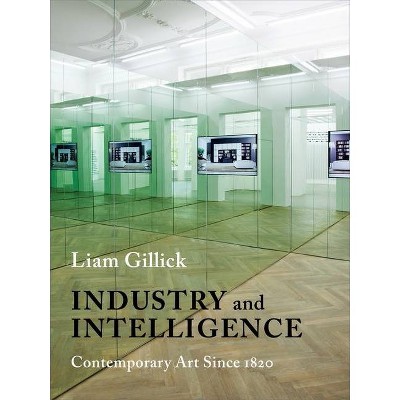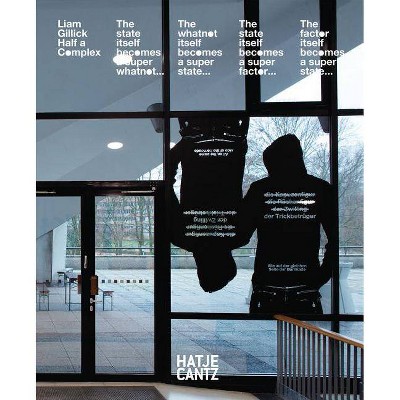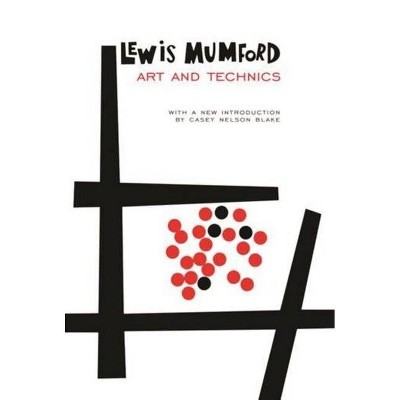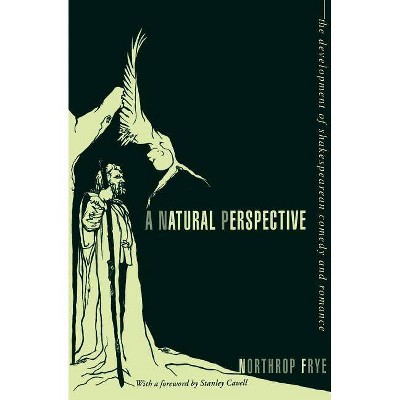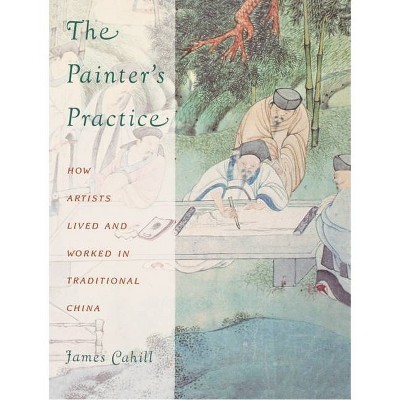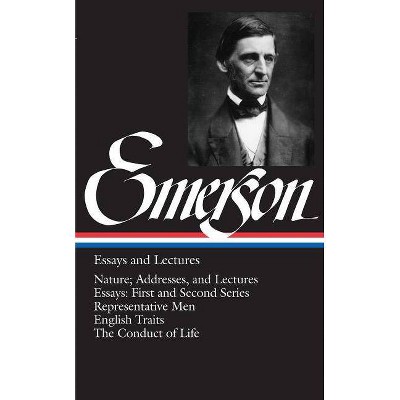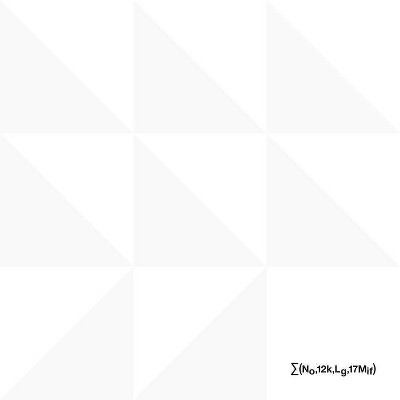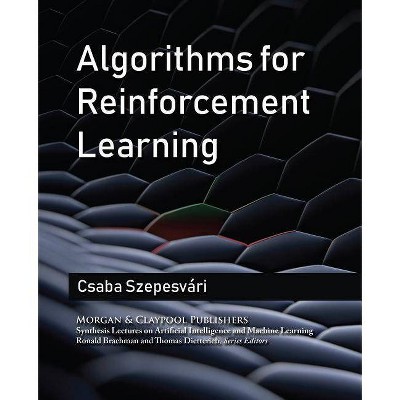Industry and Intelligence - (Bampton Lectures in America) by Liam Gillick (Hardcover)
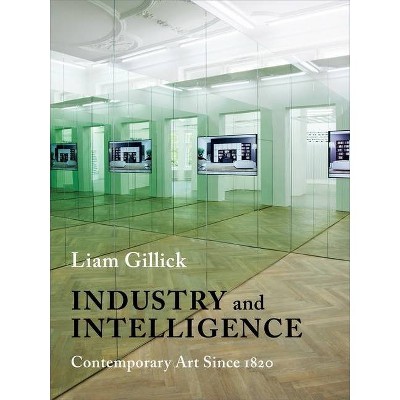
Similar Products
Products of same category from the store
AllProduct info
<p/><br></br><p><b> About the Book </b></p></br></br>The conceptual artist Liam Gillick writes a genealogy of contemporary art, arguing that we need to appreciate its engagement with history. He takes a broad view of artistic creation from 1820 to today, underscoring the industry and intelligence of artists as they have responded to incremental developments in science, politics, and technology.<p/><br></br><p><b> Book Synopsis </b></p></br></br>The history of modern art is often told through aesthetic breakthroughs that sync well with cultural and political change. From Courbet to Picasso, from Malevich to Warhol, it is accepted that art tracks the disruptions of industrialization, fascism, revolution, and war. Yet filtering the history of modern art only through catastrophic events cannot account for the subtle developments that lead to the profound confusion at the heart of contemporary art. <p/>In <i>Industry and Intelligence</i>, the artist Liam Gillick writes a nuanced genealogy to help us appreciate contemporary art's engagement with history even when it seems apathetic or blind to current events. Taking a broad view of artistic creation from 1820 to today, Gillick follows the response of artists to incremental developments in science, politics, and technology. The great innovations and dislocations of the nineteenth and twentieth centuries have their place in this timeline, but their traces are alternately amplified and diminished as Gillick moves through artistic reactions to liberalism, mass manufacturing, psychology, nuclear physics, automobiles, and a host of other advances. He intimately ties the origins of contemporary art to the social and technological adjustments of modern life, which artists struggled to incorporate truthfully into their works.<p/><br></br><p><b> Review Quotes </b></p></br></br><br>Forceful, persuasive and provocative, while <i>Industry and Intelligence</i> will no doubt find purchase as a set text in universities for those studying art history or curatorial studies, it would seem its most urgent readership should be artists themselves, whose struggle has been, and continues to be, one of finding a way to avoid being subsumed completely by the logic of the market: to escape the trap, as Gillick has it, of the 'capitalisation of the mind'.--Adam Pugh "Art Monthly "<br><br>In prose at once forthright and oblique, Liam Gillick attempts to extricate himself--and us, his readers--from the enveloping protoplasm known as 'contemporary art.' At the core of this book is a compelling alternative genealogy for our current condition, traced across four soft revolutions from 1820 to 1974. What that genealogy cumulatively reveals is a provocative diagnosis of the present as interminable: an entropic horizon against which artists and curators deploy their 'evasive markers.' With <i>Industry and Intelligence</i>, Gillick proves himself the most lucid inheritor of conceptualism's artist-writers, truly a latter-day Robert Smithson or Dan Graham.--Tom McDonough, Binghamton University, author of <i>The Situationists and the City: A Reader</i><br><br>Read Gillick's book to find the packed sediment of conceptual art discourse undergoing metamorphic transformation--with the marketized artworld's slow heat, dull pressure, and surface torque leaving inevitable traces on an intelligent maker's mind.--Caroline A. Jones "Critical Inquiry "<br><p/><br></br><p><b> About the Author </b></p></br></br>Liam Gillick is an artist based in New York. His work has been featured in numerous exhibitions, including documenta and the Venice and Berlin Biennales, and he has been nominated for a Turner Prize and Vincent Award. He serves on the graduate committee of the Center for Curatorial Studies and Art in Contemporary Culture at Bard College and was a mentor at the Columbia University School of the Arts from 1997 to 2013.
Price History
Price Archive shows prices from various stores, lets you see history and find the cheapest. There is no actual sale on the website. For all support, inquiry and suggestion messagescommunication@pricearchive.us
